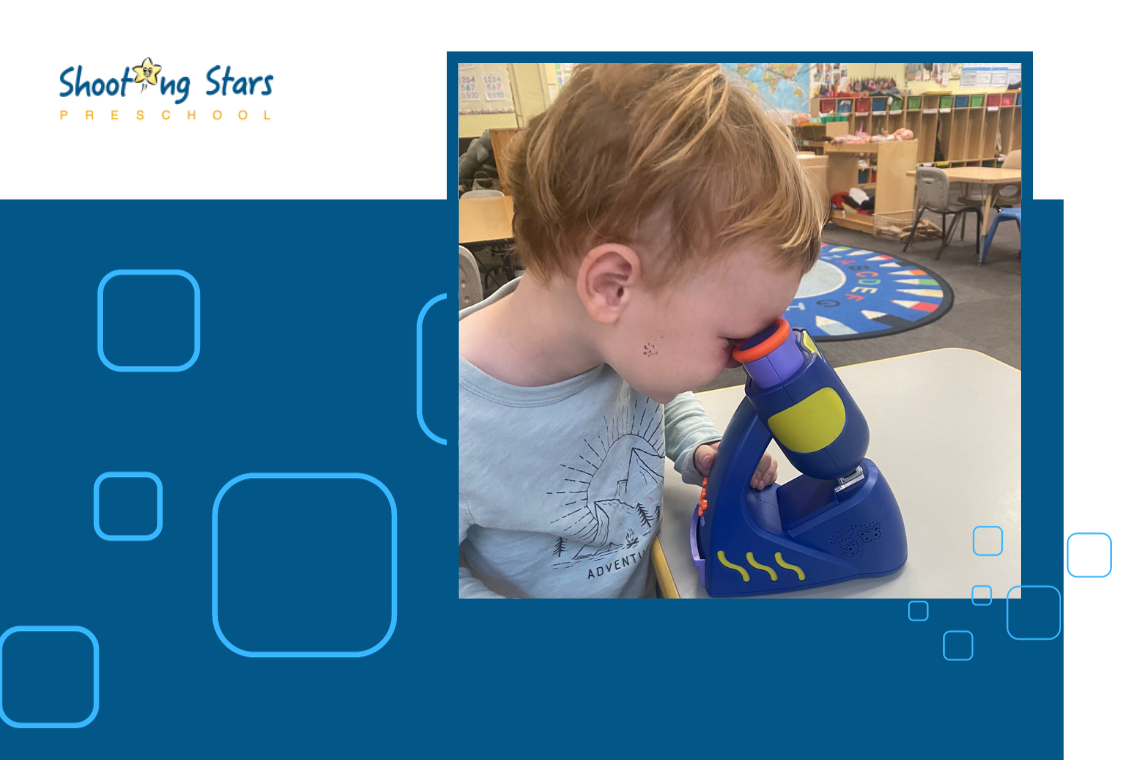|
Do you ever wonder what magic happens when we add a little 'Art' component to the world of Science, Technology, Engineering, and Mathematics? What if we told you that STEAM is more than just an acronym – it's the key to unlocking a world of creativity, innovation, and boundless curiosity in your child's early education journey. Well! STEAM is an acronym that stands for science, technology, engineering, arts, and mathematics. The main difference is that arts are incorporated, ranging from visual arts, literary arts, and physical arts to music and more. STEAM education focuses on igniting imagination and creativity via the arts in ways that are naturally aligned with STEM study. In this article, let's embark on a whimsical adventure to discover what STEAM education in preschool entails and how it's not just different from STEM but also adds a touch of artistic fun to your child's learning experience. STEAM vs. STEM - What's the Buzz?Now, what sets STEAM apart from STEM? The answer is simple - "the infusion of Art!!" STEM fields, while undeniably important, leave out the artistic component. By adding the 'A' to STEM, we transform it into STEAM, recognizing the incredible influence that Art teaching has on a child's development. It's like putting a sprinkle of fairy dust into an already magical mix! 'STEAM' - Explained
The Preschool in Dublin encourages kids to use critical innovation and engineering approaches while also teaching them skills such as exploration and intuitive creativity. Five Benefits Of STEAM Education For PreschoolersSTEAM education for preschoolers is a gateway to a world of imagination and exploration, offering a holistic approach that cultivates creativity, critical thinking, and a range of invaluable benefits for their early childhood development: 1. Cultivating Creative Thinkers: Nurturing Imagination Implementing the STEAM approach sparks curiosity from a young age, such as in kindergarten, creating an environment where toddlers can develop imaginative thinking skills. In a STEAM curriculum, children are encouraged to explore, experiment, and see things from new perspectives. For example, they might be asked to build cars using modeling clay, allowing them to unleash their cognitive and problem-solving skills. This interdisciplinary approach sets the stage for a better holistic learning experience. 2. Fostering Critical Thinkers: Nurturing Inquisitiveness The STEAM curriculum goes beyond passive learning; it encourages toddlers to analyze, compare, and contrast information. Instead of memorizing facts, children are encouraged to ask open-ended questions that stimulate discussion and deeper understanding. For instance, they might investigate why certain materials float while others sink, promoting curiosity and critical thinking. Allowing children to explore and learn independently empowers them to become more resourceful problem solvers. 3. Promoting Collaboration: Building Together Implementing STEAM projects aren't just about individual learning; they also emphasize teamwork and social interactions. Children engage in classroom activities that encourage cooperation and complete projects in a healthy environment. For instance, they may work together to construct a tower from various materials, combining mechanical concepts with creativity. This collaborative aspect of STEAM skills prepares children to work effectively in groups, an integral part of their future. 4. Enhancing Communication Skills: Expressing Ideas Experimenting and playing with peers in a STEAM environment improves communication skills. Children learn new words and phrases through hands-on activities, enriching their vocabulary. This language development not only aids in better self-expression but also fosters improved relationships with parents and peers. As children become more comfortable conversing with others, they gain valuable life skills. 5. Encouraging Self-Discovery: Unearthing Hidden Talents STEAM education allows children to explore a wide array of hobbies and interests. Through early childhood education and various activities, they can discover different disciplines of Engineering, Art, and Mathematics. For example, playing musical instruments or engaging in art activities at a young age can cultivate a child's love for music or art. This early exploration doesn't just stop at hobbies; it also fosters open-mindedness and self-awareness as young learners recognize their strengths and areas for growth. STEAM learning provides:
Enroll Your Little Stars in Shining 'STEAM' Stars
If you haven't enrolled your child in STEAM learning yet, now is the perfect time to let them shine as Shooting Stars. The STEAM curriculum not only educates on Science, Technology, Engineering, Art, and Mathematics but also encourages creativity, critical thinking, and observation skills. Seize the opportunity to fuel young learners with a fun and interactive world of STEAM learning, where they'll be the brightest Shooting Stars in the sky, destined to illuminate their real-life path with a positive attitude and lifelong love for learning. Comments are closed.
|



